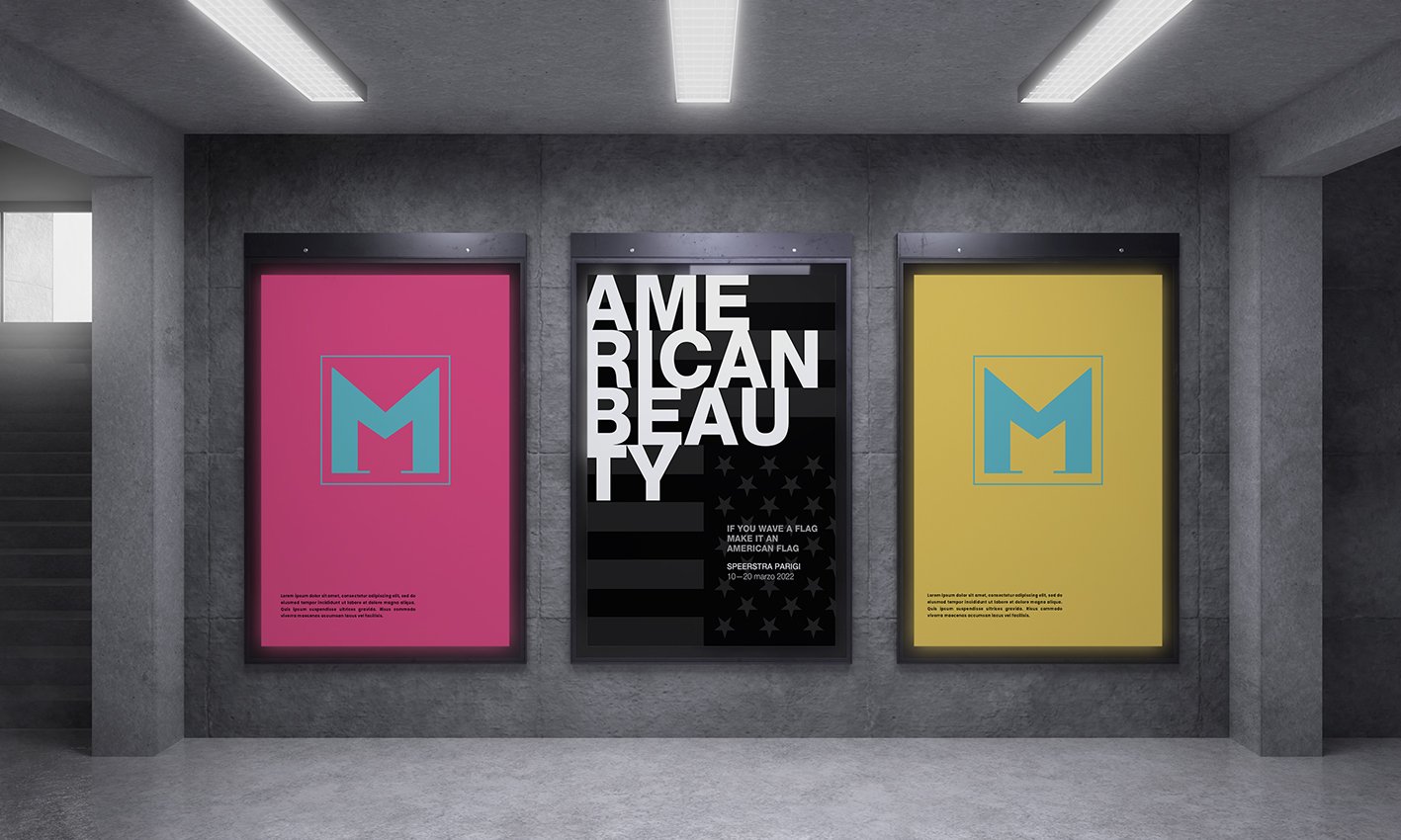AMERICAN BEAUTY
THIS IS THE CENTURY OF AMERICA

“... a scene photographed by Dorothea Lange in San Francisco, the year the U.S. entered the war, is particularly touching: we see dozens of children of different ethnic groups, all boys, perhaps eight or ten years old, taking a pledge of allegiance, presumably singing the national anthem, their right hands on their chests, while one boy reverently holds the Stars and Stripes aloft on a thin metal pole in the middle of the picture; at the time, as we see here the flag had only 48 stars. These children are still too young to fight in World War II, but may be old enough for missions in the Korean or Vietnam wars. Some of them may have died for their country in those wars...”
MATTHIAS HARDER
Director Helmut Newtown Museum Berlin
Many artists have struggled with the difficult task of using the flag to communicate a message: from Jasper Johns to Andy Warhol, from Iwo Jima to Banksy, the flag was a tool through which to send a message. Artists from all the world, with all the techniques and means at times, have “operated”; a transfiguration of the object into a subject, a path that continues today, with intentions also opposites: from exaltation to denunciation, transfiguring into positive or negative same meanings, linked to the American flag and then to the country “America” The fact remains that this nation was born of a revolution and as such has generated different feelings, but without doubt it has also generated fidelity, belonging and pride. The “Stars and Stripes” has a totemic value, represents the amalgam of different peoples and religions, in a emotional melting pot made of loyalty and cohesion. Until the late eighteenth century revolution, the flags did not represent nations, but sovereigns, armies, fleets.
The concept of national flag as it is understood today, comes from the first Republican flag, that is the American flag (along with the French Tricolour) that has no monarchical symbols to bow to, but is the flag , representing all the people. On June 14th, 1777 the flag was officially adopted, in what later became the Flag Day and the also adopted the Flag Code, a series of rules still in force today and which provide that the should be exposed from dawn to sunset, and at night, if exposed it should be illuminated. The flag should wave on all the public places of the American territory, higher than any other banner. Only the UN flag can have a position of pre-eminence and only in New York. The ceremonies of oath and loyalty and the salute to the flag have been and are still at the centre of conflicts in public life, due to same religions that attribute to these ceremonies religious meanings that they do not have.
But the 1st amendment to the constitution of the United States of America guarantees freedom of worship and prevents the Government from establishing an official religion. The US flag has a unique feature in the contemporary international landscape, in fact it can change over time as the nation territory grows: if in 1777 there were 13 stars and 13 stripes, then gradually with the annexation of other states the stars have grown until 1960, with the annexation of Hawaii, to 50. This is the century of America, a political and cultural domination dictated by capitalism, military and technological supremacy. Here are represented all the key stages of this nation, from Iwo Jima to Martin Luther King, until 9/11, passing by M.L.K to the moon landing, from Vietnam to silicon Valley.Here is represented the American Dream.
To learn more out more about ‘American Beauty’, download our digital catalogue by clicking below:
Curator
Stefano Reja
Concept By
KR8TE
Ana Maria Sanfilippo
Coordinators
Maurizio Zampieri
Translation
Amanda Vertovese







